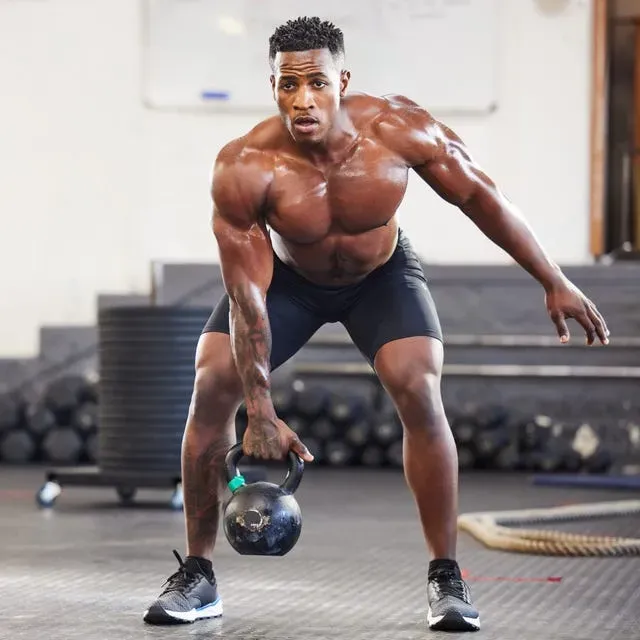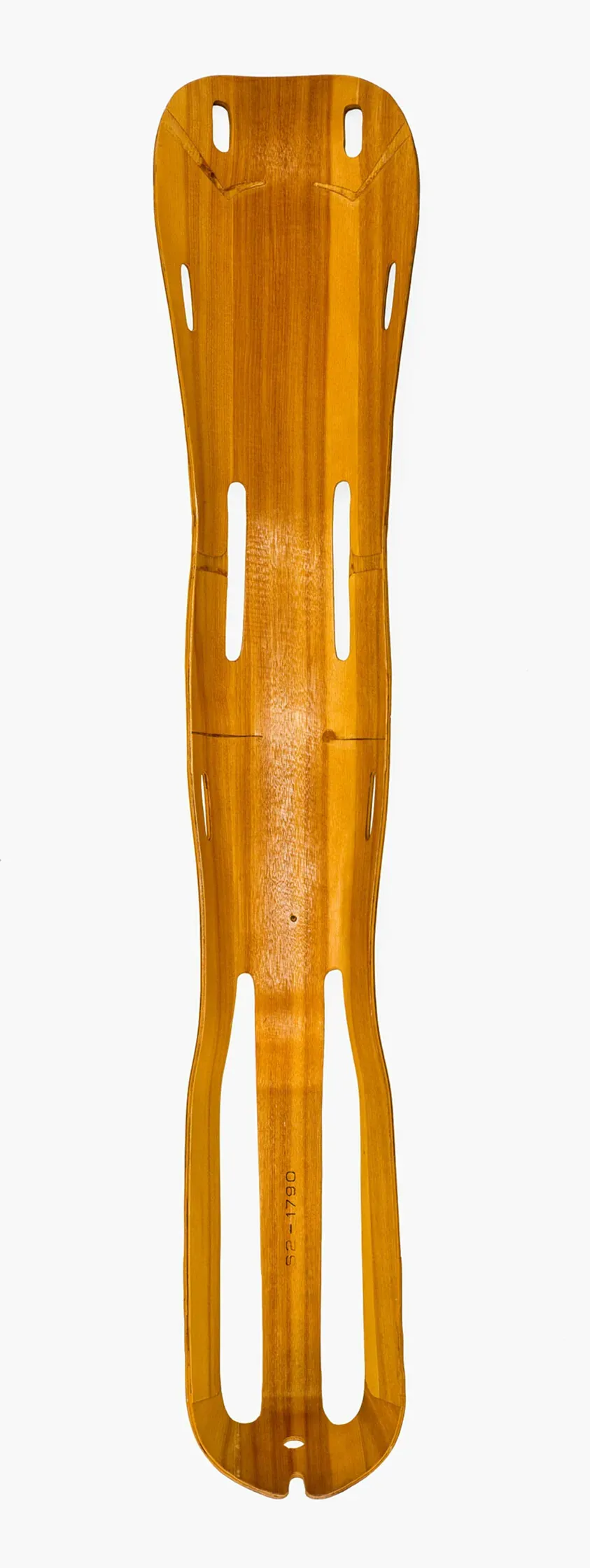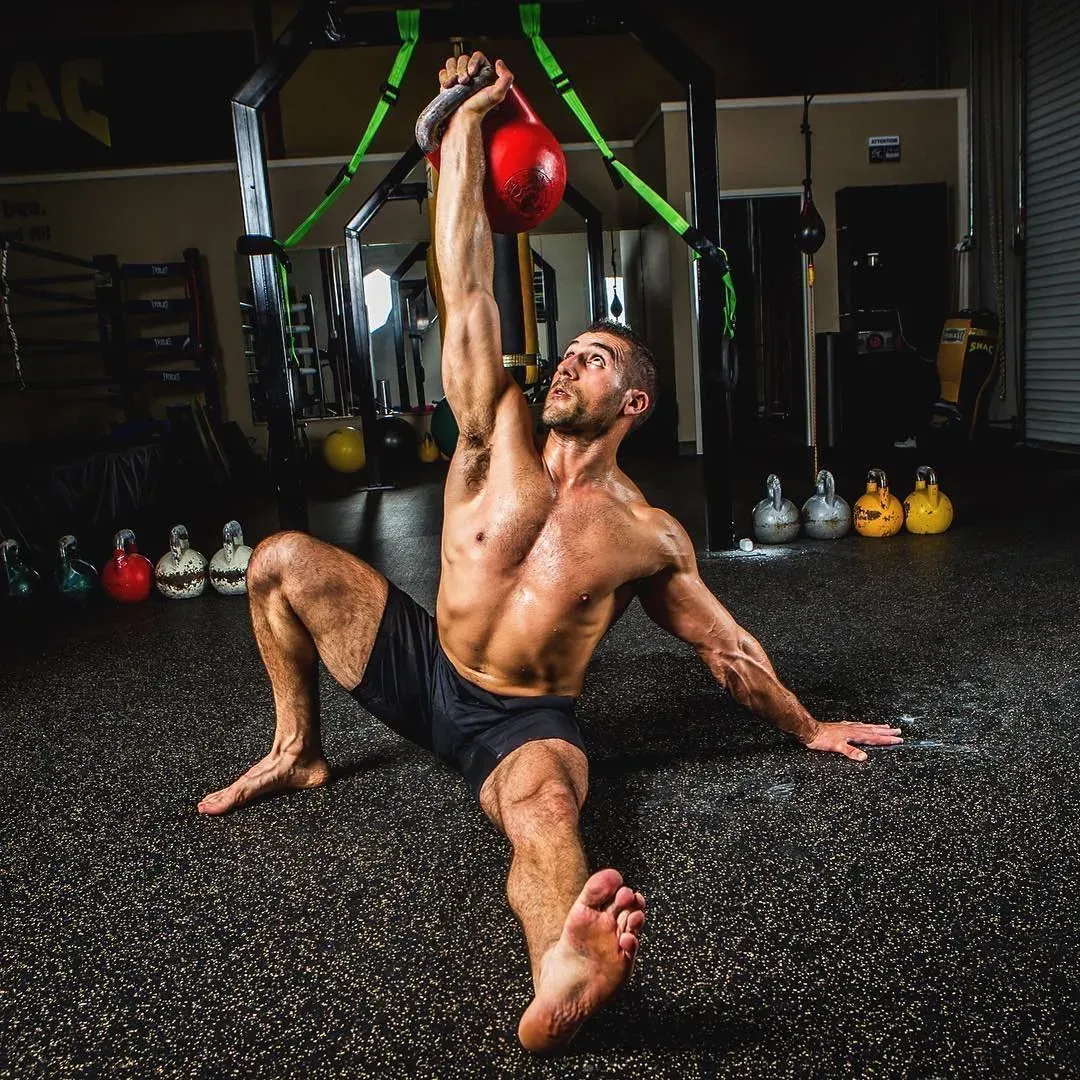Table of Contents
Tired of the same old barbell squats and leg presses leaving you feeling... meh? Or maybe you're just looking for a way to build serious lower body power without needing a full gym setup. Let's be honest, leg day can feel like a chore, but it doesn't have to. If you haven't explored the world of the kettlebell workout leg, you're missing out on a tool that can fundamentally change how you train your lower body.
Why Kettlebells Hit Your Legs Differently

Why Kettlebells Hit Your Legs Differently
The Off-Center Load Challenge
Forget the perfectly balanced barbell. A kettlebell's weight isn't neatly aligned like a dumbbell or machine. It hangs below your hand, shifting the center of mass outside your grip. When you lift, swing, or squat with a kettlebell, your body, especially your legs and core, has to work harder just to control that weight. It's like trying to carry a bucket of water versus a backpack – one sloshes around, demanding constant micro-adjustments from your stabilizers.
Engaging More Stabilizer Muscles
Because that weight is trying to pull you off balance, your smaller, stabilizing muscles in your hips, ankles, and knees fire up like crazy. Think about a kettlebell swing or a single-leg deadlift. You're not just lifting the weight; you're actively resisting rotation and maintaining balance. This isn't just about the big prime movers like your quads and glutes doing the main work; it's about building a more resilient and functional lower body that can handle unpredictable loads.
It's the difference between building a skyscraper with just massive pillars and building one with a complex, interwoven support structure. Both stand, but one is far more adaptable and less likely to crumble under lateral forces.
- Kettlebell's offset weight demands greater stability.
- Smaller stabilizing muscles in hips, knees, and ankles engage more intensely.
- Forces your body to resist rotation and imbalance dynamically.
- Builds functional strength applicable to real-world movements.
Dynamic Movement Patterns
Traditional leg exercises often involve linear, up-and-down movements. Kettlebells shine in dynamic, ballistic movements like swings and cleans, or even just holding one in the rack position for squats. These exercises involve acceleration and deceleration, forcing your leg muscles to absorb and produce force rapidly. This type of training builds explosive power, not just brute strength. Your hamstrings and glutes get a serious workout in the hinge pattern of a swing, while goblet squats challenge your core and hip mobility alongside your quads.
Essential Kettlebell Exercises for a Killer Leg Workout

Essential Kettlebell Exercises for a Killer Leg Workout
Goblet Squats: The Foundation
If you're just dipping your toes into the kettlebell workout leg world, the goblet squat is your best friend. Holding the kettlebell at your chest, close to your body, immediately makes the squat feel more natural and helps keep your torso upright. This isn't about lifting max weight; it's about grooving a good squat pattern. It forces your hips to open up, your core to engage hard to prevent you from folding over, and your quads and glutes to work through a full range of motion. It's humbling, effective, and a prerequisite before you even think about anything heavier or more complex.
Think of it as your baseline assessment and your continuous warm-up drill. Even seasoned lifters use heavy goblet squats to build strength and reinforce proper depth. It highlights imbalances quickly – if you're leaning too far forward or your knees are caving, that kettlebell will let you know. It’s surprisingly challenging to hold a heavy bell there for reps, adding an extra layer of upper back and core work you don't get with a barbell.
Kettlebell Swings: The Power Driver
Alright, let's talk about the swing. This isn't a squat; it's a hip hinge. The power comes from a sharp, forceful extension of your hips and glutes, not lifting the weight with your arms. Done correctly, the kettlebell swing is a phenomenal posterior chain builder – targeting your hamstrings, glutes, and lower back with explosive force. It teaches you how to generate power from your hips, a fundamental movement pattern for everything from jumping to sprinting.
Mastering the swing takes practice. You need to hike the bell back between your legs, keep a neutral spine, and snap your hips forward to propel the bell up. It should feel like throwing the weight forward with your hips, letting it float at the top before controlling its descent. This isn't just a cardio move; it’s a dynamic strength exercise that belongs in any serious kettlebell workout leg routine. It builds resilience and power that translates far beyond the gym.
Exercise | Primary Focus | Key Benefit for Legs |
|---|---|---|
Goblet Squat | Quads, Glutes, Core, Hip Mobility | Reinforces proper squat pattern, builds foundational strength |
Kettlebell Swing | Hamstrings, Glutes, Lower Back, Hips | Develops explosive hip power and posterior chain strength |
Kettlebell Deadlift (conventional or sumo) | Hamstrings, Glutes, Lower Back, Forearms | Builds serious pulling strength and reinforces hinge pattern |
Single-Leg Variations: Unilateral Strength
Ignoring single-leg work is like only ever using one side of your brain – you're leaving potential on the table. Kettlebells are fantastic for unilateral (single-leg) exercises like lunges, split squats, and single-leg deadlifts. Holding one or two bells challenges your balance and stability significantly more than using a machine or even dumbbells sometimes. This helps identify and correct muscular imbalances between your left and right legs, which is crucial for injury prevention and overall athletic performance.
Performing a single-leg Romanian Deadlift (RDL) with a kettlebell requires intense focus and control. It torches the hamstring and glute of the working leg while demanding serious ankle and hip stability from the standing leg. Similarly, kettlebell lunges, whether held at the sides, racked, or overhead, add a unique challenge to your quads and glutes while improving balance. These exercises are non-negotiable for building truly balanced and functional lower body strength with your kettlebell workout leg.
Crafting Your Kettlebell Workout Leg Session

Crafting Your Kettlebell Workout Leg Session
Starting Simple: Building Your First Routine
Alright, so you’ve got your kettlebell, you know the basic moves, and you're ready to put together your first kettlebell workout leg session. Don't overthink this. The best way to start is simple: pick 3-4 exercises that cover different movement patterns. A squat variation, a hinge variation (like the swing or deadlift), and maybe a lunge or single-leg move. Focus on getting the form right with a weight you can control for 8-12 reps comfortably.
Think of it like learning to cook. You don't start with Beef Wellington; you start with scrambled eggs. Your first kettlebell workout leg routine should feel achievable, not soul-crushing. Consistency trumps complexity early on. Aim to do this simple routine 2-3 times a week, allowing a day of rest in between. This lets your muscles recover and adapt to the new stimulus.
- Choose 3-4 foundational exercises (squat, hinge, lunge/single leg).
- Focus on mastering form over lifting heavy weight initially.
- Aim for 8-12 controlled reps per set.
- Perform the routine 2-3 times per week with rest days.
Structuring Your Sessions for Results
Once you're comfortable with the basic moves and have a feel for the weight, you can start structuring your kettlebell workout leg sessions for specific goals. Want strength? Focus on heavier weights and lower reps (5-8). Want endurance or conditioning? Lighter weights, higher reps (12-20+), or even circuit-style training with minimal rest between exercises work well. The structure dictates the outcome, so be clear on what you're chasing.
A classic structure involves doing 3-5 sets of each exercise with adequate rest between sets (60-90 seconds for strength, 30-45 seconds for hypertrophy/endurance). Or, try a circuit: perform one set of each chosen exercise back-to-back with minimal rest, then rest for 1-2 minutes before repeating the circuit 3-5 times. This keeps the intensity high and gets the job done efficiently. Don't just pick exercises; design the workout with a purpose.
Goal Type | Reps Per Set | Sets | Rest Between Sets | Example Structure |
|---|---|---|---|---|
Strength | 5-8 | 3-5 | 60-90 seconds | Exercise A, Rest, Exercise A, Rest... then move to B |
Hypertrophy (Muscle Growth) | 8-15 | 3-4 | 45-60 seconds | Exercise A, Rest, Exercise A, Rest... then move to B |
Endurance/Conditioning | 15+ or timed | 3-5 circuits | 30-45 seconds (between exercises), 60-120 seconds (between circuits) | Circuit: Ex A -> Ex B -> Ex C. Rest. Repeat circuit. |
Leveling Up Your Kettlebell Leg Strength

Leveling Up Your Kettlebell Leg Strength
Adding Weight and Reps Strategically
Once you've nailed the form on those foundational kettlebell workout leg exercises, just doing the same thing won't cut it forever. Your body adapts, and quickly. To keep building strength and muscle, you need to make things harder. The most straightforward way is progressive overload – either grab a heavier kettlebell, do more reps with the weight you have, or add more sets to your routine. Don't jump too fast; small increases over time are the key to sustainable progress and avoiding injury.
If you've been doing goblet squats with a 16kg bell for sets of 10, try moving to an 18kg or 20kg bell, even if you can only get 6-8 good reps initially. Or, stick with the 16kg but push for 12-15 reps. Another option is adding an extra set. Instead of 3 sets, do 4. Track your progress in a notebook or app. Knowing what you did last time gives you a target to beat this time. This deliberate approach ensures your kettlebell workout leg sessions continue to challenge your muscles effectively.
Exploring More Complex Kettlebell Leg Moves
Beyond the basics, kettlebells unlock some seriously challenging leg exercises. Think double kettlebell front squats, where you hold two bells in the rack position. This significantly increases the load and demands even more core and upper back strength to stay upright. Or consider the kettlebell pistol squat, a single-leg squat taken to full depth. You can start by holding the bell out front for counterbalance or using a box to limit your range of motion, gradually working towards full depth.
Another killer is the double kettlebell deadlift. This allows you to lift heavier loads while still benefiting from the kettlebell's grip challenge. Single-leg Romanian Deadlifts (RDLs) can also be progressed by using two kettlebells or moving to a heavier single bell. These advanced variations aren't just for showing off; they expose weaknesses and force your legs to work harder in more complex patterns, refining your overall kettlebell workout leg capability.
Progression Method | How To Implement | Benefit |
|---|---|---|
Increase Weight | Move to the next kettlebell size up. | Directly increases strength demand. |
Increase Reps | Perform more repetitions per set. | Builds muscular endurance and size. |
Increase Sets | Add one or more sets per exercise. | Increases overall work volume. |
Decrease Rest | Shorten the time between sets or exercises. | Improves conditioning and density. |
Use Complexes/Chains | Link exercises together without rest. | Challenges endurance, transitions, and overall work capacity. |
Integrating Carries and Complexes for Total Leg Work
Loaded carries might seem simple, but carrying heavy kettlebells for distance is brutally effective for your legs, core, and grip. Farmer's walks (kettlebells at your sides), rack walks (kettlebells in the front rack position), or even waiter walks (one kettlebell overhead) force your legs to support and move weight under tension for extended periods. They build resilience and real-world strength that translates directly to daily life and other lifts. Try adding a carry at the end of your kettlebell workout leg session as a finisher.
Kettlebell complexes string several exercises together, performing them back-to-back without putting the bells down. A simple leg-focused complex could be: 5 Deadlifts, 5 Cleans, 5 Front Squats, 5 Swings. Doing this for several rounds is a savage test of strength and endurance. It forces your legs to transition between different movement patterns under fatigue, building a robust and highly functional lower body. These methods push you beyond just isolated strength and build true work capacity.
Forge Stronger Legs with Kettlebells
Alright, so we've covered the why and the how of using kettlebells for leg day. You've seen how these awkward-looking weights can challenge your balance, build explosive power, and torch muscles you forgot you had. Ditch the endless sets on machines and pick up a bell. Start slow, nail the form, and then get after it. A solid kettlebell workout leg routine isn't just about bigger quads or glutes; it's about building functional strength that translates to real-world power and resilience. Stop overthinking it and start swinging, squatting, and lunging your way to a seriously strong lower half. Your legs will thank you (eventually).